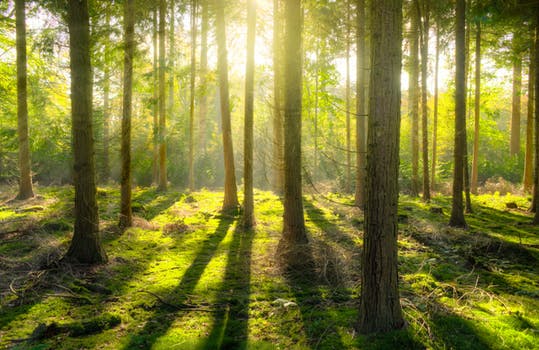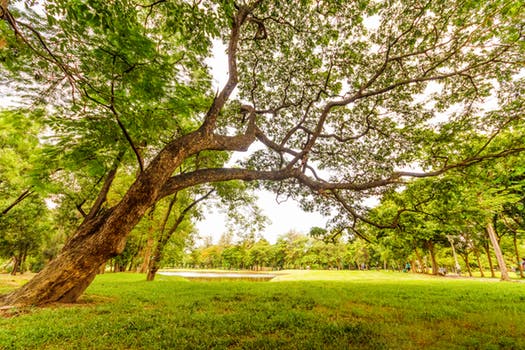Trees are more than just the stoic, stand-alone objects many of us imagine them to be. Interconnected by a massive underground communications network, trees are able to share vital resources and pass on warning signals via the mycorrhizae, otherwise known as “the fungi network.”
Fungi consist mainly of mycelia, a collection of white thread-like substances rooted in the earth. By “plugging into” this network, trees are able to communicate with each other across long distances.

Tree Families
With larger and more far-reaching roots, older trees have the advantage of wider and stronger connections to mycelia. Called “hub trees” or “mother trees,” they collect nutrients (like nitrogen, phosphorus, and carbon) and pass them to younger trees and seedlings to help them survive. This exchange occurs primarily between members of the same species.

Interspecies Support
In an experiment conducted in 1997 on Douglas Fir and paper birch trees, researchers found these species supported each other during seasonal changes. In the summer (when birch trees had more access to nutrients from sunlight) they would share those nutrients with shaded fir trees. In the fall, evergreen fir trees would return the favour when birch trees started to lose their foliage.
Defense Systems
In a 2010 study, researchers found that plants can warn neighbours of an attack by harmful fungi by sending chemical signals through the mycorrhiza. This warning gives neighbouring plants ample time to defend themselves by boosting their resistance against the threat. Another study suggests this defensive strategy also holds true when the attackers are harmful bugs.

Gardening and Tree Care Implications
No one yet knows the full significance of the mycorrhizal network or the extent of its assistance to plants and trees. There is need for further research on the subject. The limited information scientists have uncovered supports the idea that mycorrhizae play a crucial role in the survival of plants and trees.
The existence of these fungal networks may have garden owners rethinking their tree care strategies. Conserving these networks is beneficial to the overall health of the local ecosystem. Plant diversity is another subject worth investigating, particularly since certain species could help offset nutrient deficiency in others at different times of the year.
Trees are more than just ornaments; they have “families,” support groups, and access to a wide-reaching information network comparable to that of the Internet. They can both add character to your landscape and help bolster your property’s ecosystem. Caledon Treeland supplies trees for sale and tree moving services in the GTA. Call us at (905) 880-1828.


